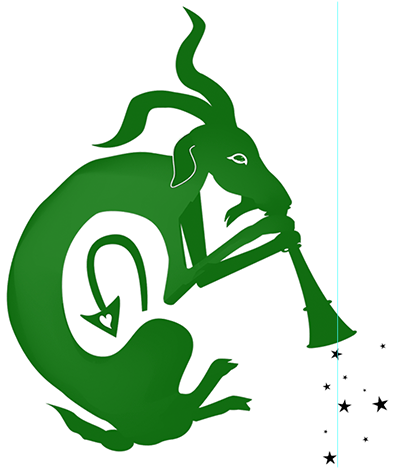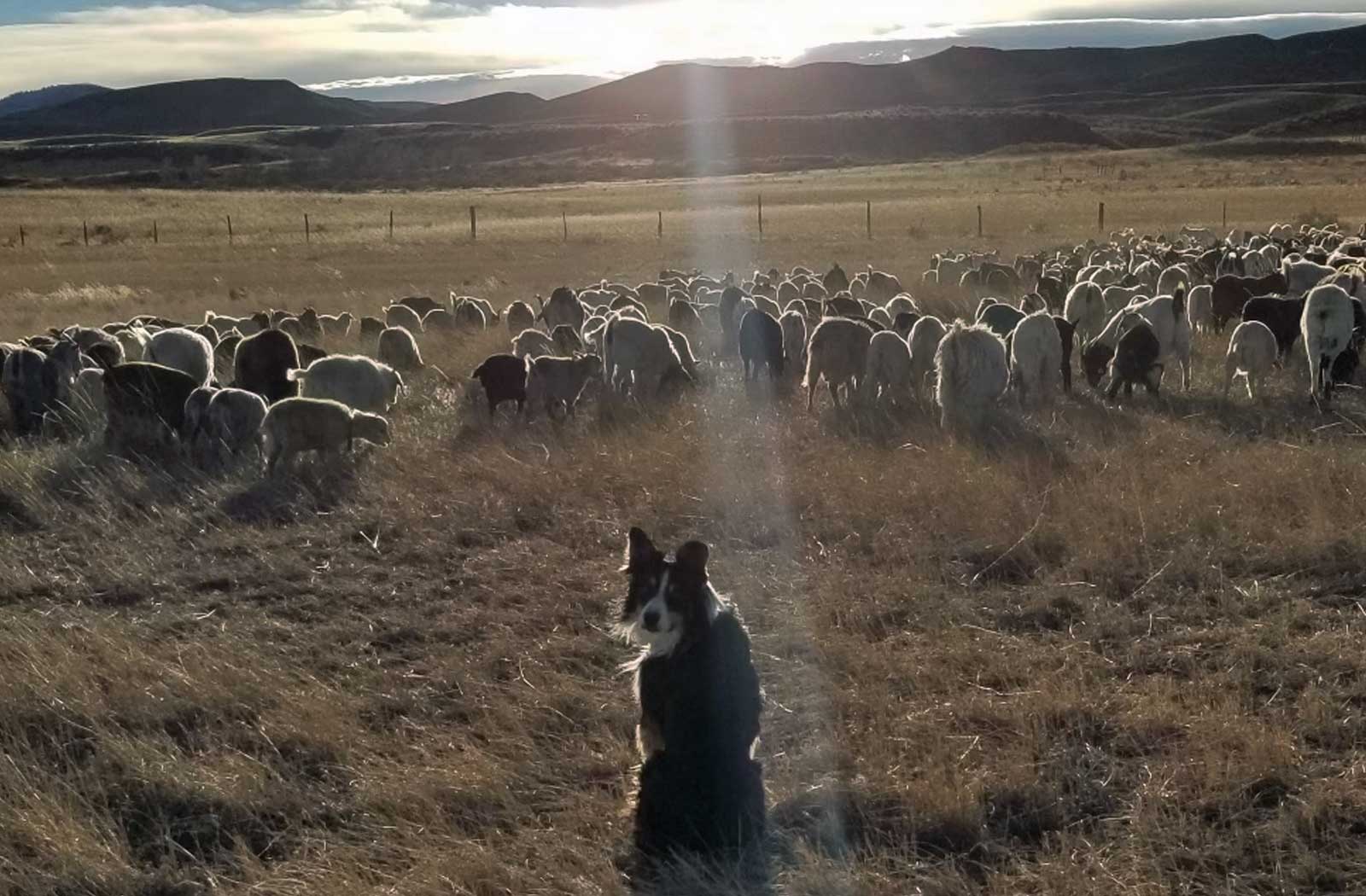Wildfires put more than land at risk—insurance is on the line too.
Preventing wildfires is no longer just about protecting forests—it’s about protecting homes, communities, and livelihoods. As fire seasons grow longer and more destructive each year, residents are facing another challenge: losing their insurance coverage. Cancellations and skyrocketing premiums have left many without affordable options. This growing crisis makes proactive prevention more urgent than ever.
One of the most effective and environmentally sound approaches comes in the form of a surprisingly simple partner: goats. Managed goat grazing is proving to be a natural and cost-effective way to reduce hazardous fuels, control invasive weeds, and restore damaged ecosystems. Unlike machinery, goats can access steep hillsides, rocky outcrops, and sensitive areas like streams or wetlands. Unlike chemicals, they leave behind no toxins—only nutrient-rich manure that fertilizes and revives the soil. By reducing fire risk, goat grazing helps protect not just land but also the insurability of entire communities.
Goats are more than just eaters; they are ecological engineers.
When a herd moves across a site, the goats quickly snap off weed flowers, strip away the leaves, and grind seeds so they cannot germinate again. This breaks the weed’s life cycle and gives native plants a chance to reclaim space. As they graze, the goats’ hooves lightly churn and aerate the soil, pressing in organic matter and helping water soak in. In one pass, they provide fuel reduction, soil improvement, seedbed preparation, and fertilizer—jobs that no single machine can replicate.
Few people have advanced this work as far as Lani Malmberg, founder of Goat Green LLC. In 1996, with her two young sons by her side, she set out to create an alternative to the chemical-intensive approaches dominating land management. Today, her herd of more than 1,000 goats travels across the country, working on fire mitigation, invasive plant control, soil regeneration, and watershed restoration projects. These efforts not only restore land but also help homeowners and municipalities maintain coverage by lowering the risks insurers look at most closely.
Goats are the only animal capable of eating the entire “fire fuel ladder”.
Malmberg often points out that goats are the only animal capable of eating the entire “fire fuel ladder”—the dense ground vegetation, the brush that climbs upward, and even low-hanging tree branches. By consuming that ladder, they prevent flames from leaping from the ground into the tree canopy where wildfires become catastrophic. At the same time, they recycle vegetation into organic fertilizer, stabilize soils on steep slopes, and support healthier, more resilient ecosystems—outcomes that lower fire danger and, in turn, make communities less likely to face cancelled coverage.
Beyond her fieldwork, Malmberg is also investing in the future.
Through the Goatapelli Foundation, a nonprofit she co-founded, she now teaches alongside her son Donny Benz and his wife, Kaiti Singley Benz. Together, they lead courses and trainings that prepare the next generation of professional graziers. With demand for grazing services far outpacing supply, their mission is clear: train skilled operators who can meet the urgent need for wildfire prevention and ecological restoration. As insurers tighten their policies in high-risk areas, these skills are becoming more than ecological—they’re economic lifelines for communities seeking stability and peace of mind.
The benefits are undeniable.
Managed goat grazing reduces fire risk, improves soil health, and nurtures biodiversity—all while offering a safe, chemical-free alternative that communities can trust. As Malmberg often says, “If you had to build a machine to do everything goats do, it would have to be one very unique machine.” Luckily, that machine already exists—and it may be one of the few tools that protects both land and the insurance coverage people rely on.

